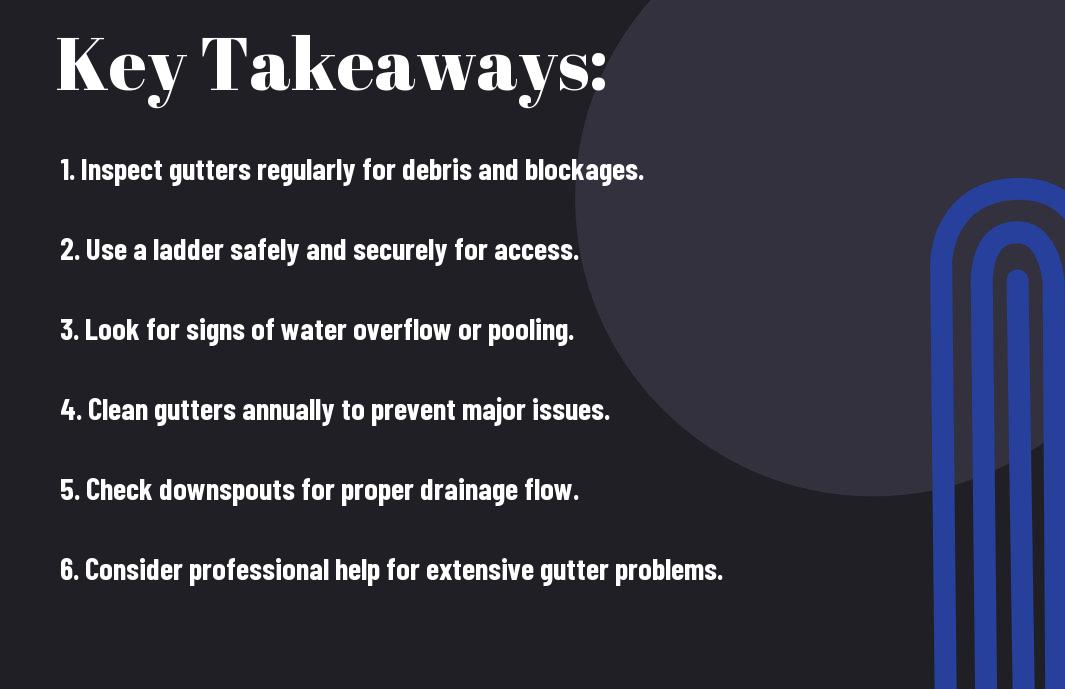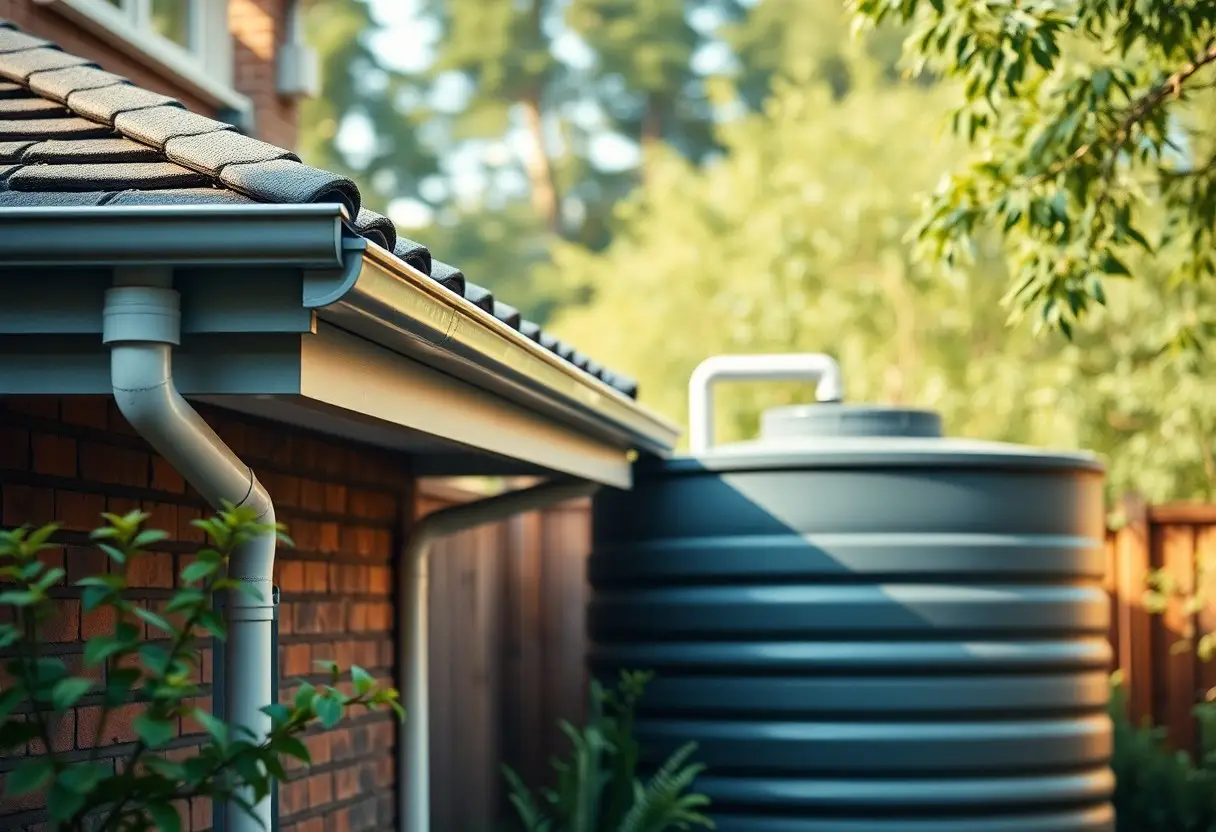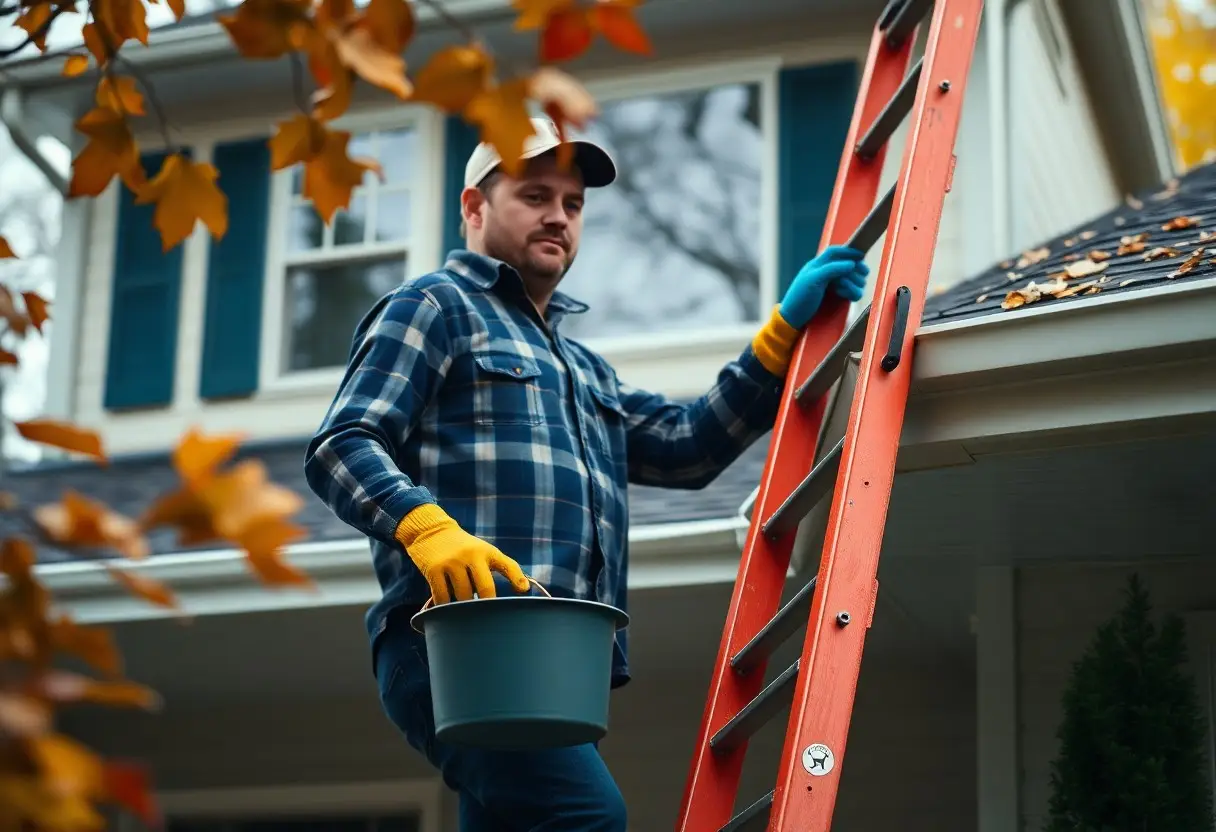Assessment of your gutters is necessary for protecting your home from water damage and maintaining its structural integrity. When you take the time to inspect your gutters like a pro, you can easily spot potential blockages and prevent costly repairs. This guide will equip you with the knowledge to identify dangerous signs of clogs, allowing you to keep your gutters functioning optimally and ensuring efficient water flow. Let’s explore the steps that will empower you to take control of your gutter maintenance!
Key Takeaways:
- Regularly inspect your gutters, especially before and after heavy rainfall, to identify potential clogs and ensure proper drainage.
- Utilize tools like a ladder, flashlight, and garden trowel to effectively assess and clear debris from your gutters.
- Look for signs of wear and tear, such as rust or sagging, as these may indicate the need for repairs or replacement of gutter components.
Understanding Gutter Systems
While many homeowners overlook this critical aspect of their property, understanding your gutter system is imperative for maintaining your home. Gutters play a vital role in directing rainfall away from your foundation, preventing water damage and erosion. By comprehending their function and structure, you can better assess their condition and address any potential issues before they escalate.
Types of Gutters
While there are several types of gutters available, it’s important to choose the right style for your home. Consider the following common types:
| Material | Description |
| Aluminum | Lightweight and resistant to rust. |
| Vinyl | Affordable and easy to install. |
| Steel | Sturdy but may rust over time. |
| Copper | Durable and adds aesthetic value. |
| Fascia | Integrated with the roofline for a seamless look. |
This information will help you choose the right gutter option tailored to your needs.
Importance of Gutter Maintenance
For effective rain management and home protection, regular gutter maintenance should be a priority. Neglected gutters can lead to blockages, causing overflow and potential damage to your roof, walls, and foundation.
Due to inadequate maintenance, you risk severe consequences such as water damage, foundation issues, and increased pest infestations. Additionally, clogs can result in costly repairs from not addressing the problem early. Therefore, ensuring your gutters are clear and well-maintained helps protect your home and saves you money in the long run. Prioritize your gutter health to safeguard your property’s integrity and enhance its longevity.

Tools Required for Gutter Inspection
Some basic tools can make your gutter inspection efficient and effective. Keeping a checklist handy will ensure you have everything you need—so you won’t miss any potential issues. You’ll find that having the right tools not only enhances your productivity but also increases your safety while you work.
Essential Tools
By having a sturdy ladder, a trowel, and a garden hose, you are equipped to address various gutter issues effectively. A flashlight can come in handy for inspecting dark corners, while gloves will protect your hands from debris and sharp edges. Your toolkit will set the tone for a thorough inspection.
Safety Equipment
Beside your important tools, you must prioritize safety equipment, as inspecting gutters can pose risks. Make sure to invest in a hard hat and non-slip shoes to protect yourself against accidental falls and debris. Additionally, consider wearing safety glasses to shield your eyes from any flying particles.
Indeed, taking safety seriously is not an option when inspecting your gutters. Falls from heights are a common hazard, making it wise to always use a stable ladder and ensure it’s placed on level ground. A hard hat can help protect your head from falling objects, while gloves will protect your hands from sharp edge and debris. Wearing non-slip shoes adds an extra layer of stability, minimizing the risk of slips. Prioritizing these safety measures will help you confidently tackle your gutter inspection.
Signs of Clogs and Damage
Now that you know the importance of maintaining your gutters, it’s time to recognize the signs of clogs and damage. Addressing these issues early can prevent more serious problems down the line, such as water damage to your home or landscape erosion. Keep an eye out for specific indicators that reveal whether your gutters require immediate attention.
Visual Indicators
Among the most telling signs of gutter clogs and damage are visual indicators. Look for overflowing water during rain, sagging sections of your gutters, or visible debris accumulation. Stains on your siding or water pooling around the foundation are also clear indicators that your gutters may not be functioning as they should.
Functional Tests
For a more thorough assessment, you can perform functional tests on your gutters. This involves checking their performance during rain or using a hose to simulate rainfall. Pay close attention to how water flows through the gutters and downspouts, as any irregularities could indicate a clog or damage.
In fact, conducting these functional tests can reveal significant issues that are not visible at first glance. If water doesn’t flow freely through the gutters, it could lead to serious water damage to your home. Be alert for slow drainage or standing water, which may suggest blockages. Additionally, if you notice water spilling over the edges instead of flowing through the downspout, that’s a clear sign to investigate further. Proactive inspection can save you time and money in the long run!
Step-by-Step Inspection Process
Your gutters play an important role in protecting your home from water damage, so performing a thorough inspection is vital. Below is a simplified process to follow for an effective gutter inspection:
Inspection Steps| 1. Prepare Your Tools | Gather a ladder, gloves, bucket, trowel, and a garden hose. |
| 2. Inspect for Damage | Look for rust, cracks, sagging, or loose sections. |
| 3. Clear Debris | Remove leaves, twigs, and any accumulated dirt. |
| 4. Check Downspouts | Ensure water flows freely without obstruction. |
| 5. Test Water Flow | Run water through the system to spot leaks and ensure drainage. |
Preparing for Inspection
About to begin your gutter inspection, it’s important to prepare adequately. Ensure you have all necessary tools at hand and set up your ladder on stable ground. Wearing gloves will protect your hands from dirt and sharp objects. By taking these initial steps, you set the stage for a thorough and safe inspection.
Conducting the Inspection
Inspection of your gutters should be methodical and detail-oriented. Start by closely examining the entire length of the roofline. Focus on separating joints and connections, as these areas are often susceptible to debris accumulation. Use your trowel to scoop out any built-up gunk and check for signs of leaks. Pay attention to the downspouts, ensuring they are clear of blockages. This systematic approach will help you identify any potential issues before they escalate.
Further, during the inspection process, don’t overlook areas vulnerable to water damage, such as basements or crawl spaces located near downspouts. If you find any cracks or extensive rust, consider consulting a professional for repairs. Cleaning out gutters can prevent serious property damage down the line, maintaining your home’s value and safety. Your diligence now can save you from costly repairs in the future.

How Can I Inspect My Gutters to Determine the Best Clog Prevention Products to Use?
Inspecting your gutters regularly is essential for maintaining their efficiency. Look for signs of debris build-up, such as leaves and twigs, and check for proper water flow. This assessment helps in selecting top products for gutter clogging, ensuring you choose effective solutions tailored to your gutter’s specific needs.
Preventive Measures
After applying a thorough gutter inspection, it’s vital to implement effective preventive measures to maintain optimal drainage and avoid clogs. Regular cleaning and maintenance can significantly reduce the risk of blockages and extend the lifespan of your gutters.
Regular Maintenance Tips
Against the potential for buildup, establish a routine that includes:
- Cleaning gutters at least twice a year
- Inspecting downspouts for obstructions
- Trimming overhanging branches near your roof
- Checking for signs of rust or damage
Perceiving these maintenance tasks as vital will help ensure your gutters function efficiently.
Gutter Guards and Solutions
Across your roofing system, incorporating gutter guards can significantly reduce debris accumulation and minimize the need for frequent gutter cleaning. These protective barriers work by allowing water to flow through while blocking leaves and other waste, effectively preventing clogs.
Consequently, installing gutter guards not only saves you time and effort but also protects your home from water damage caused by overflow. By actively keeping leaves and debris out, you reduce the risk of ice dams forming in winter, which can lead to significant roof leaks. Choosing high-quality options, such as micro-mesh screens, can offer long-term benefits for your gutter system and, ultimately, your home’s foundation.
When to Call in Professionals
For a successful gutter maintenance routine, knowing when to call in professionals is key. If you notice persistent clogs, leaks, or damaged gutters, it’s wise to seek expert help. Professional technicians have the necessary equipment and experience to handle complex issues that may arise, ensuring your gutters function effectively and protect your home. Trusting the pros can save you time and prevent further complications from arising.
Identifying Complex Issues
About serious problems such as structural damage, extensive leaks, or persistent blockages may be a sign that your gutters require professional evaluation. If you find that your regular cleaning methods are not addressing these issues, it’s best to seek the assistance of skilled experts who can provide an in-depth inspection and proper solutions.
Choosing the Right Service
Along with identifying issues, selecting the appropriate gutter service is imperative for your home’s upkeep. Look for companies with positive reviews, licensed professionals, and a strong reputation in your area. It’s also vital to check for comprehensive insurance to protect against any liabilities during the service.
Due to the numerous options available, doing your research can ensure you receive high-quality service at a fair price. Consider asking for quotes, evaluating customer feedback, and verifying certifications. This diligence leads you to a trustworthy service that will keep your gutters functioning well, enhancing your home’s protection against water damage.
Q: What are the signs that my gutters may need inspecting?
A: There are several indicators that may suggest your gutters require inspection. Look for water spilling over the edges during rain, which could indicate a blockage. Additionally, check for sagging sections of gutters, as this may point to accumulated debris or structural issues. If you notice rust, holes, or peeling paint on or near the gutters, these could signal that the gutters are not functioning effectively and need attention. Finally, observe whether water is pooling near the foundation of your home after rain; this can indicate improper water drainage due to obstructed gutters.
Q: How often should I inspect my gutters for blockages?
A: It is advisable to inspect your gutters at least twice a year—once in the spring and once in the fall. This frequency allows you to address seasonal debris such as leaves, twigs, and other organic matter that can accumulate and cause blockages. Additionally, consider inspecting your gutters after significant storms or high winds, as these conditions can dislodge debris and might lead to unexpected clogs or damage. If you live in an area with heavy tree coverage, more frequent inspections may be necessary to keep your gutters functioning properly.
Q: What tools do I need to properly inspect my gutters?
A: To effectively inspect your gutters, you will need several tools to ensure a thorough examination. A sturdy ladder is vital for accessing high areas safely. Make sure you have a pair of gloves to protect your hands from sharp debris or dirt. A trowel or scoop can be useful for clearing out any accumulated debris. A garden hose can help you check if water flows freely through the downspouts. Finally, a small camera or smartphone can be handy for capturing images of any issues you spot, allowing for easier reference later on when planning repairs or maintenance.


